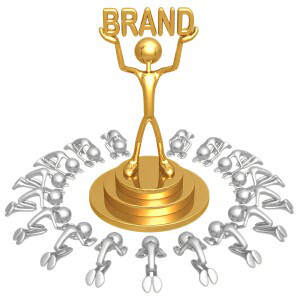 Successful companies frequently rely heavily on just one product for the majority of their sales and profit. Because each product represents such an outsized share of their respective company’s revenue, the products’ tremendous margins are the foundation of the company’s profit. The most profitable products tend to rely on the power of their brand, which can command a premium price and sell extraordinary numbers of units.
Successful companies frequently rely heavily on just one product for the majority of their sales and profit. Because each product represents such an outsized share of their respective company’s revenue, the products’ tremendous margins are the foundation of the company’s profit. The most profitable products tend to rely on the power of their brand, which can command a premium price and sell extraordinary numbers of units.
What are the most profitable? And why...
These products are the most profitable for several reasons. Nearly all of them are the market leader in their sector and are mass produced at an unprecedented scale. As a result, the companies can apply significant pressure up and down their supply chain, ensuring they can manufacture the product at the lowest cost, and sell it to customers at the highest possible price.
- iPhone -- Operating margin: 40% from $80.5 billion in Revenue
- Marlboro -- Operating margin: 30% from $19.0 billion in Revenue
- Monster -- Operating margin: 26.7% from $1.9 billion in Revenue
- Coca-Cola -- Operating margin: 25% from $14.3 billion in Revenue
- Enfamil -- Operating margin: 24% from $2.3 billion in Revenue
Some of these products, including the iPhone, Coke and Marlboro, are part of the world’s most valuable brands as measured by brand consultancies like Interbrand and BrandZ. All three companies are the market leader, despite the presence of competing products that sell for much less.
An important factor that contributes to product profitability is good management. A company that spends too much on research and development, marketing, or management can smother a product’s margins. Of course, controlling expenses is a balancing act. A product that is not well marketed is a product that will probably not do well for long.
Product profitability is among the most difficult financial measurement to analyze from the financial information released by many of America’s public companies. It is also among the most difficult to find information on. Public companies tend to guard data on product profits, and rightly so. This information is the equivalent of a trade secret that corporations do not want their competitors to have, even if the figures can be estimated.
Analysis: Results are based on data provided by Capital IQ. 24/7 Wall St. The data was reviewed 24/7 Wall St. 24/7 Wall St. analyzed the S&P 500 companies that produce consumer products. 24/7 Wall St. only considered corporations that have a single product as the company’s flagship brand, or where the product represented the largest single contributor of revenue. 24/7 Wall St. excluded companies with an operating margin of less than 15%, as well as companies that did not break out revenue by division or product.
Source: http://finance.yahoo.com/news/america%E2%80%99s-most-profitable-products-183025482.html






